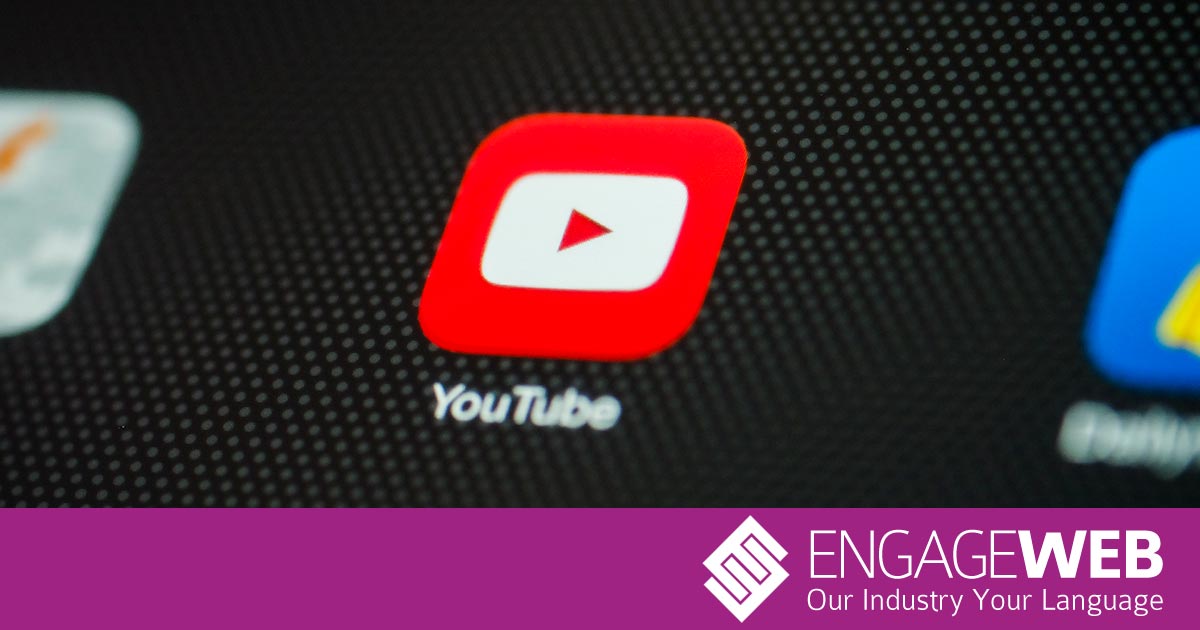Whatever it is that you’re supposed to be doing, YouTube can always be a distraction that will stop you doing it. After all, if you can imagine it, there’s probably a video on there about it.
You can easily spend a considerable proportion of your day simply jumping from one suggested video to the next, often ending up nowhere near where you started, and one way to do this is to challenge yourselves to complete tasks like riddles, quizzes and optical illusions. These are great, because they give you the impression that you’re not completely wasting your time, but are engaging your brain, flexing your grey matter and learning.
In reality though, many of these challenges are pointless and hardly worth doing. What’s more, there always seems to be something about them that makes no sense and gets you frustrated, such as a poorly worded question, or an illogical answer.
Take this one, from prolific video content producers Bright Side:
This video is only a month old, and has over 1.5 million views already. On the whole, it’s fairly enjoyable, visually engaging and reasonably challenging. I scored 8 of 10 on it, which isn’t bad. What’s annoying me probably more than it should is the two I got ‘wrong’.
The first of them is Riddle #2, which requires you to unscramble three words, then choose the odd one out. The three words are ‘bacon’, ‘cupcake’ and ‘love’. I thought the logical odd one out was ‘love’, since the other two are food items – in fact, there’s even such a thing as bacon cupcakes.
However, the video tells you that ‘love’ is the wrong answer. The odd one out is actually ‘bacon’, because the other two end with the letter ‘e’.
What? That’s completely arbitrary! You could come up with an argument for any of them being the odd one out if you’re going to be that obscure. ‘Love’ is the only one without two syllables, and with no ‘c’ in it. ‘Cupcake’ is the only one with no ‘o’. ‘Bacon’ is the only one that can’t be described as ‘sweet’. How are you supposed to identify the one criterion on which Bright Side has settled?
Riddle #10 is perhaps even more irritating. It gives you a list of numbers 1 to 9 appearing in different colours, and challenges you to find the mistake. After you’ve spent time looking at it, analysing the numbers and colours in close detail, it’s revealed that even the video creators don’t know the answer to this riddle, and you’re invited to comment with your own suggestions.
So why do they do this? Why are two of these questions just plain stupid when the other eight are pretty good?
It’s because controversy gets us talking. The makers want you to tell them in the comments section that Riddle #2 has a ridiculous answer. They want you to make suggestions for the ‘non-riddle’ at the end. They want you to engage with the video, and many, many people have. They can’t make every riddle nonsensical, or people will lose interest, but if the odd one is, it becomes a point of discussion.
It’s a similar tactic to the one I suspected the Scrabble Facebook page was employing earlier this year. By making mistakes or applying inconsistencies on purpose, they are triggering people’s urge to comment.
So is it a good tactic? I’m not so sure. It works at the moment, because people are still a little naïve to what social media content producers are doing. Overall though, it affects the quality and trustworthiness of your content and, as people wise up to it, they are likely to lose interest. If it annoys you as a viewer, don’t comment, as that’s what they want. Instead, give it a ‘thumbs down’ and stop watching.
- How to find a circular reference on Excel - May 23, 2024
- Five life skills learned from internet marketing - January 3, 2024
- How artificial intelligence can (and can’t) help you write content - September 29, 2023



